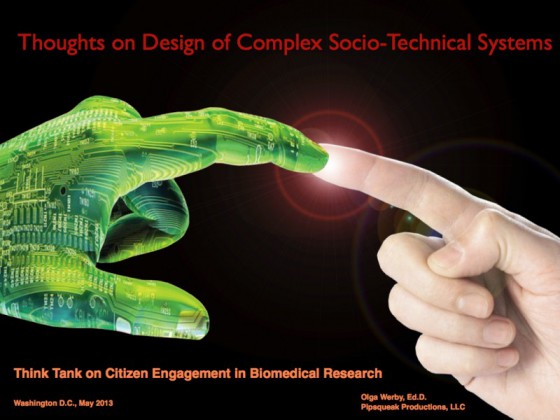
The “Why” questions are important part of design: Why are we building this product? Why would users want it? Why us? Why now? Why this technology? The value of any question asked during the design process is in how the answer to that question helps advance the project; or help the design group bond; or reveal a significant insight into the problem that the group is trying to solve; or help clarify the use scenario; etc. All such questions are about moving the project forward. But it is easy to get sidetracked here, and I saw just that at the NIH biomedical research design brainstorming meeting. Before I proceed, let me describe a bit of background research and give a concrete example when the wrong answer to the Why question jeopardizes the design solution. About ten years ago now, we were asked to design a set education materials for the San Francisco Zoo. The problem was lack of structure for school visits. San Francisco public schools allow all elementary school children to visit the city zoo once a year. That’s a lot of school children…and a lot of visits per kid. But do these students learn anything during these visits?…




